Scientist of the Day - Johannes Hevelius
Johannes Hevelius, a Polish astronomer, was born Jan. 28, 1611. Hevelius is best known as a lunar observer and cartographer, but his last major work was a star atlas, one of the "Grand Atlases" of the Golden Age of Celestial Cartography, which roughly encompasses the period from 1603 to 1801. The Firmamentum Sobiescianum, as his atlas is called, after a patron, was published in 1690, three years after Hevelius died. It is a large folio, and on its 56 folding engraved plates we can find each of the 48 traditional constellations, all of them very elegantly drawn and engraved. Two of those, Perseus and Cetus, are reproduced as the first two images above. However, Hevelius also introduced eleven new constellations of his own devising in the Firmamentum, constellations such as Canes Venatici, the hunting dogs of Bootes (third image above), and Vulpecula cum Ansere, the fox with the goose (fourth image above). The Firmamentum begins with an engraved title page (fifth image above), and on it we see a lineup of all the great stellar astronomers of history, and in the foreground Hevelius is presenting, for their approval, his new constellations. You can easily spot the Hunting Dogs and the Fox with Goose, and you might infer that the other new constellations include a Sextant, a Shield (Sobieski’s shield), a Lynx, a Little Lion, and a Lizard. These seven constellations are still in use today (the other four were incorporated into existing constellations.)
The Firmamentum served as an appendix to a complete star catalog, based on Hevelius' own observations. The catalog is called the Prodromus, and it is nearly always found bound up with the Firmamentum. The Prodromus has an engraved portrait of the elderly Hevelius (sixth image above). A portrait of his younger self had appeared in his book on the moon, the Selenographia, published 40 years earlier in 1647 (we will show you this one day, when we feature the Selenographia in this space). It is very unusual for an author to allow his portraits to "age" along with himself as his publishing career progresses. But no one would every accuse Hevelius of being a usual man.
Dr. William B. Ashworth, Jr., Consultant for the History of Science, Linda Hall Library and Associate Professor, Department of History, University of Missouri-Kansas City

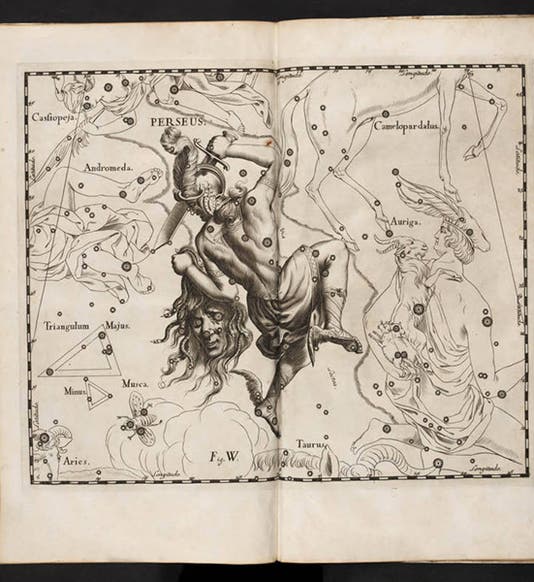
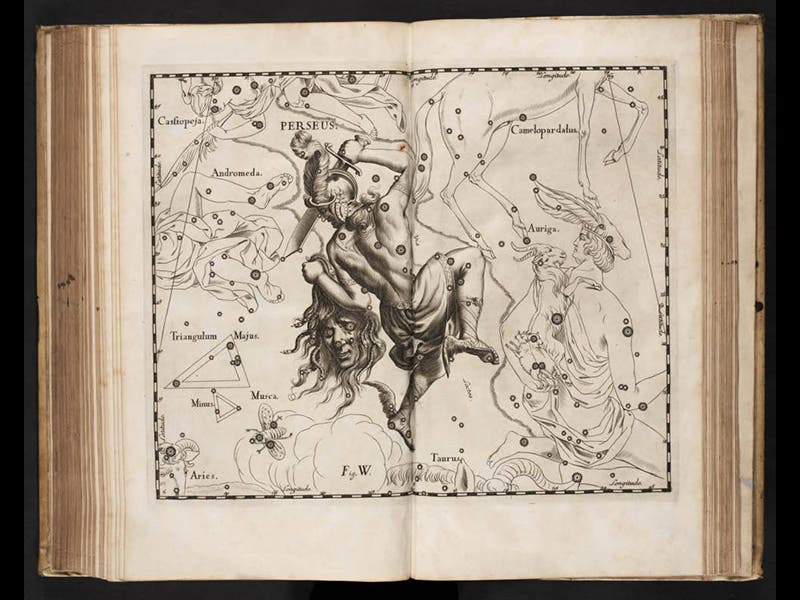


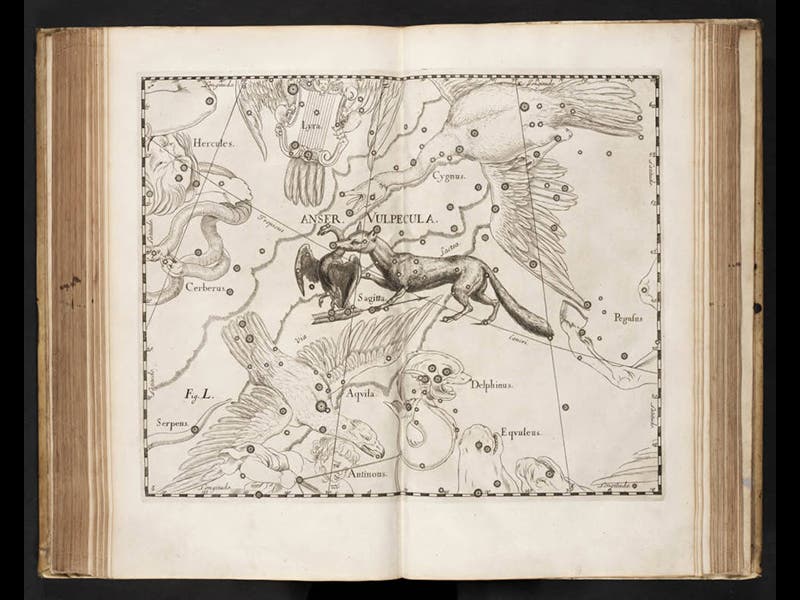
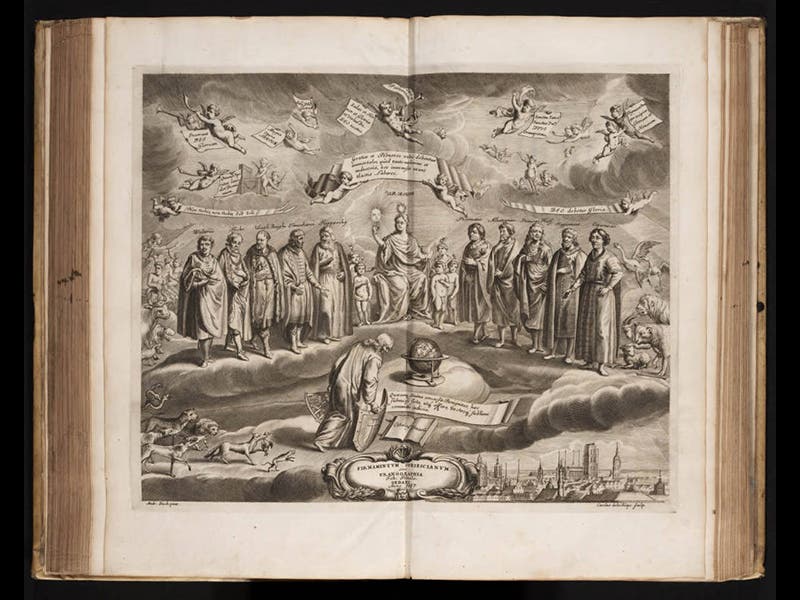
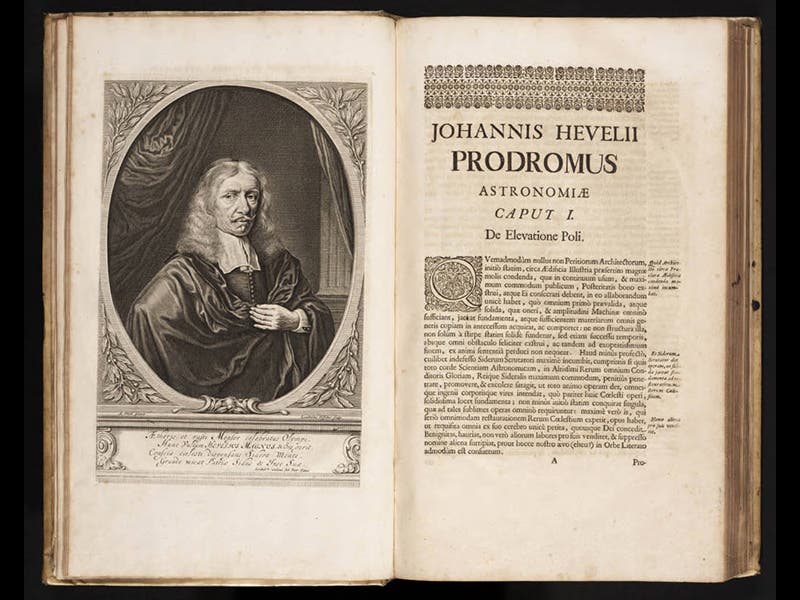
![“Aurora Borealis,” hand-colored wood engraving by Josiah Wood Whymper, [Natural Phenomena], plate 2, 1846 (Linda Hall Library)](https://assets-us-01.kc-usercontent.com:443/9dd25524-761a-000d-d79f-86a5086d4774/0245ffcb-b70c-477c-8792-0a73ebd54eb2/Whymper%2011.jpg?w=210&h=210&auto=format&fit=crop)



